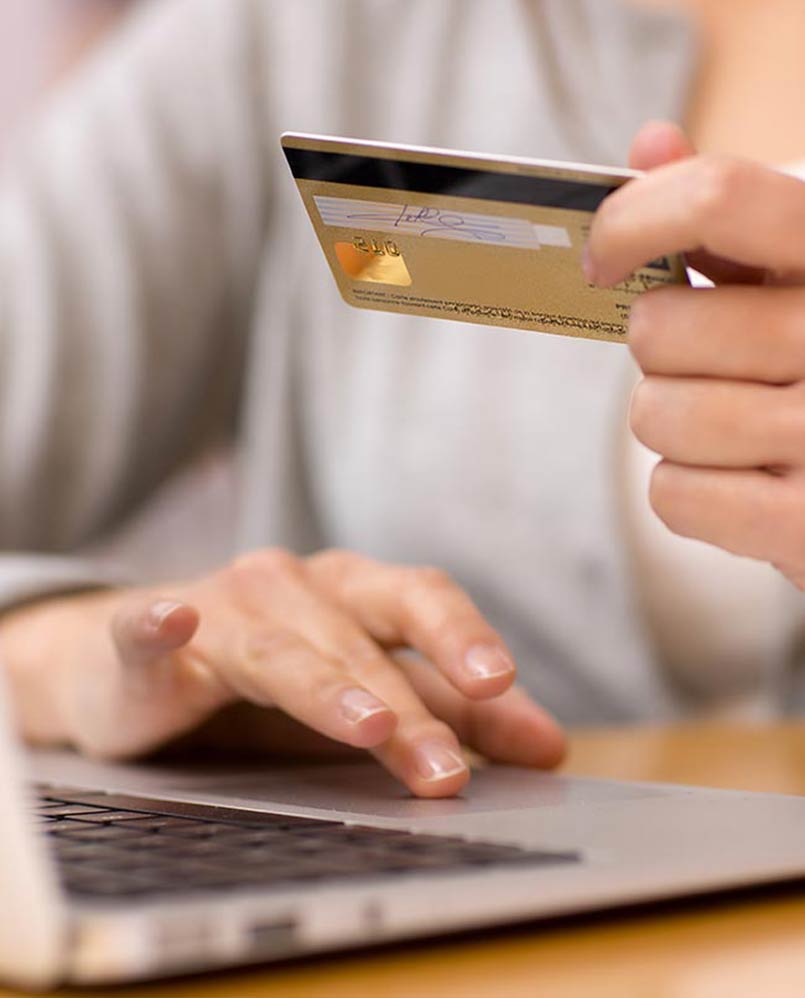
Security in Mobile Banking
Mobile banking has become an integral part of our daily lives, allowing us to easily manage our finances on-the-go. However, the convenience of mobile banking also comes with potential security risks. With the sensitive financial information that is stored and transmitted through mobile banking apps, it is crucial to ensure that proper security measures are in place to protect users from fraud and data breaches.
One of the key security measures used in mobile banking is encryption. Encryption is the process of converting information into a secret code to prevent unauthorized access. Mobile banking apps use strong encryption to protect sensitive information, such as account numbers and passwords, from being intercepted by hackers.
Another important security feature in mobile banking is multi-factor authentication. Multi-factor authentication requires users to provide additional verification beyond just a password, such as a fingerprint scan or a one-time passcode sent to their phone. This helps prevent unauthorized access even if a password is compromised.
Mobile banking apps also use advanced fraud detection technology to monitor for suspicious activity, such as large transactions or unusual login attempts. If any suspicious activity is detected, users may receive an alert or their account may be temporarily locked until the issue is resolved.
It is important for users to take their own precautions as well, such as setting strong passwords and avoiding using public Wi-Fi when accessing their mobile banking app. Users should also regularly monitor their account activity and report any unauthorized transactions or suspicious activity immediately.
In conclusion, mobile banking offers a convenient way to manage finances, but it is important to be aware of the potential security risks and take steps to protect sensitive information. With proper security measures in place and user vigilance, mobile banking can be a safe and secure way to manage finances on-the-go.